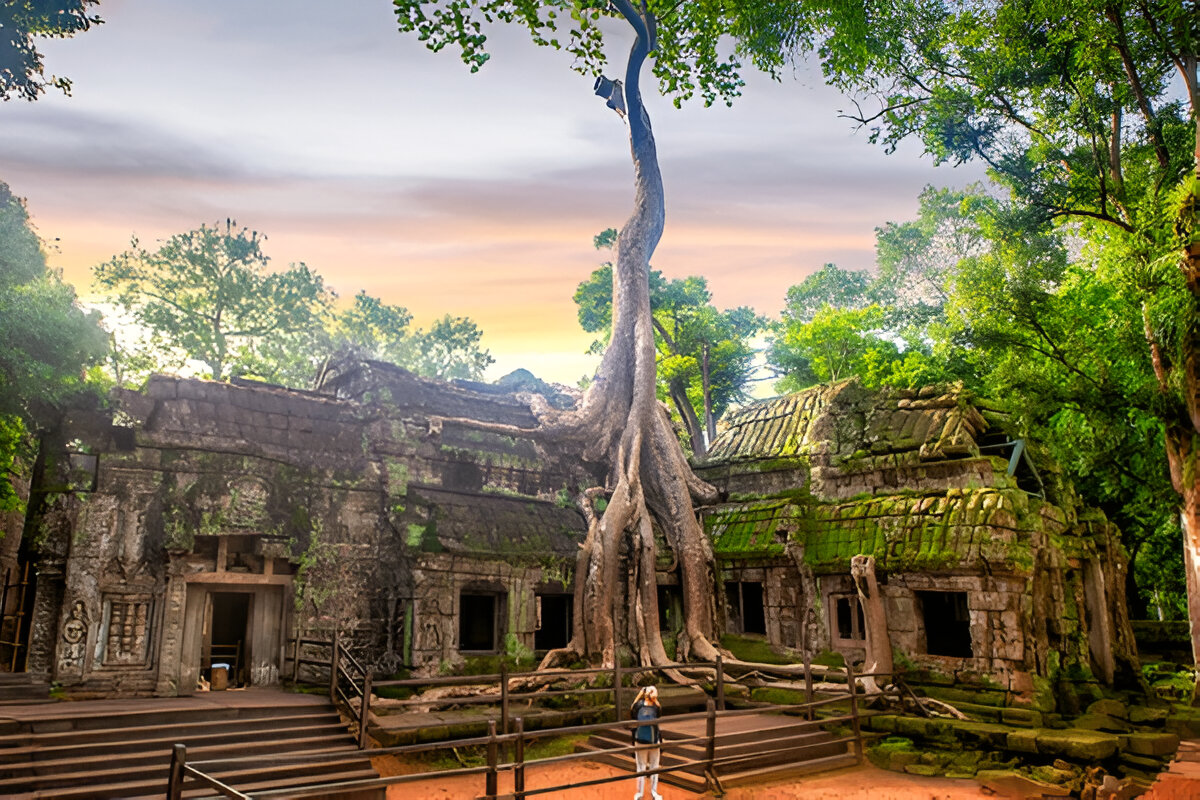Delving into Nature’s Diversity
Botanical exploration, the systematic study and documentation of plant life, has been a driving force behind our understanding of the natural world for centuries. From the earliest plant collectors of ancient civilizations to the modern-day botanists conducting research expeditions in remote jungles and deserts, botanical exploration has uncovered a wealth of knowledge about the diversity, distribution, and importance of plant species. In this article, we embark on a journey through the history, significance, and impact of botanical exploration, from the age of discovery to the present day.
Ancient Origins: The Beginnings of Plant Stud
The roots of botanical exploration can be traced back to ancient civilizations such as Egypt, Mesopotamia, and China, where early humans began to observe, classify, and utilize plant species for food, medicine, and cultural practices. These early plant collectors laid the foundation for the systematic study of botany, paving the way for future generations of scientists to explore and document the world’s plant diversity.
The Age of Discovery: New Worlds, New Plants
The Age of Discovery in the 15th to 17th centuries brought about a surge in botanical exploration as European explorers voyaged to distant lands in search of new trade routes and exotic treasures. Plant collectors such as Carl Linnaeus, Joseph Banks, and Charles Darwin traveled to far-flung corners of the globe, collecting specimens and documenting new plant species that had never been seen before. These botanical expeditions not only expanded our knowledge of plant diversity but also fueled the growth of botanical gardens, herbaria, and scientific institutions dedicated to the study of plants.
Scientific Expeditions: Mapping the Flora of the World
In the 18th and 19th centuries, scientific expeditions played a pivotal role in botanical exploration, as naturalists and botanists embarked on voyages of discovery to document the flora of unexplored regions. Expeditions such as Alexander von Humboldt’s journey to South America and Alfred Russel Wallace’s exploration of the Malay Archipelago led to groundbreaking discoveries about plant diversity, biogeography, and evolution. These expeditions laid the groundwork for the development of modern botanical science and contributed to our understanding of plant ecology, taxonomy, and conservation.
Taxonomy and Classification: Unlocking Nature’s Secrets
Central to botanical exploration is the classification and taxonomy of plant species, a field that seeks to organize and categorize plants based on their morphological, genetic, and ecological characteristics. Botanists such as Carl Linnaeus, George Bentham, and Asa Gray developed systematic methods for classifying plants, creating taxonomic systems that continue to be used today. By categorizing plants into families, genera, and species, taxonomists provide a framework for understanding the relationships between different plant groups and for identifying new species.
Conservation and Biodiversity: Protecting Plant Diversity
Botanical exploration also plays a critical role in conservation efforts aimed at protecting plant diversity and preserving endangered species. As habitats are threatened by deforestation, habitat destruction, and climate change, botanists and conservationists work to identify and catalog plant species at risk of extinction and to establish protected areas and conservation programs to safeguard their survival. Botanical gardens, seed banks, and ex situ conservation efforts help to preserve genetic diversity and ensure the long-term survival of threatened plant species.
Ethnobotany and Traditional Knowledge: Exploring Plant Uses
Ethnobotany, the study of the relationship between plants and people, offers valuable insights into the traditional uses of plants by indigenous cultures and local communities around the world. Botanical explorers work with indigenous peoples to document traditional knowledge about medicinal plants, food crops, and cultural practices, helping to preserve and promote traditional plant-based medicines and sustainable land management practices. By integrating traditional knowledge with scientific research, ethnobotanists contribute to our understanding of plant diversity and the importance of conserving traditional plant knowledge.
Modern Challenges and Opportunities: Exploring New Frontiers
In the 21st century, botanical exploration faces new challenges and opportunities in the digital age. Advances in technology, such as DNA sequencing, remote sensing, and bioinformatics, are revolutionizing the way we study and document plant diversity, allowing botanists to explore new frontiers and make discoveries about the interconnectedness of life on Earth. Citizen science initiatives, such as iNaturalist and PlantNet, empower amateur naturalists and plant enthusiasts to contribute to botanical exploration efforts by collecting and sharing observations of plant species in their local environments.
Celebrating Nature’s Diversity
Botanical exploration is a journey of discovery and wonder, as botanists and plant enthusiasts delve into the rich tapestry of plant life that surrounds us. From ancient civilizations gathering medicinal herbs to modern scientists unraveling the mysteries of plant genetics, botanical exploration has shaped our understanding of the natural world and inspired us to appreciate the beauty and diversity of plant life. As we continue to explore and study the world’s plants, let us celebrate the legacy of botanical exploration and the invaluable contributions it has made to our understanding of nature’s wonders.




